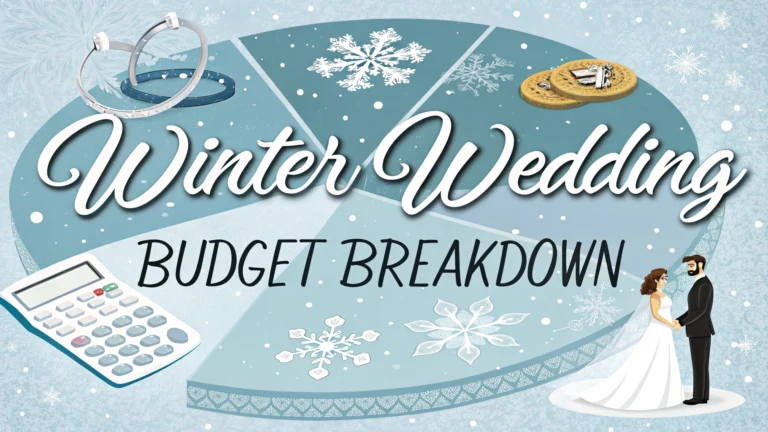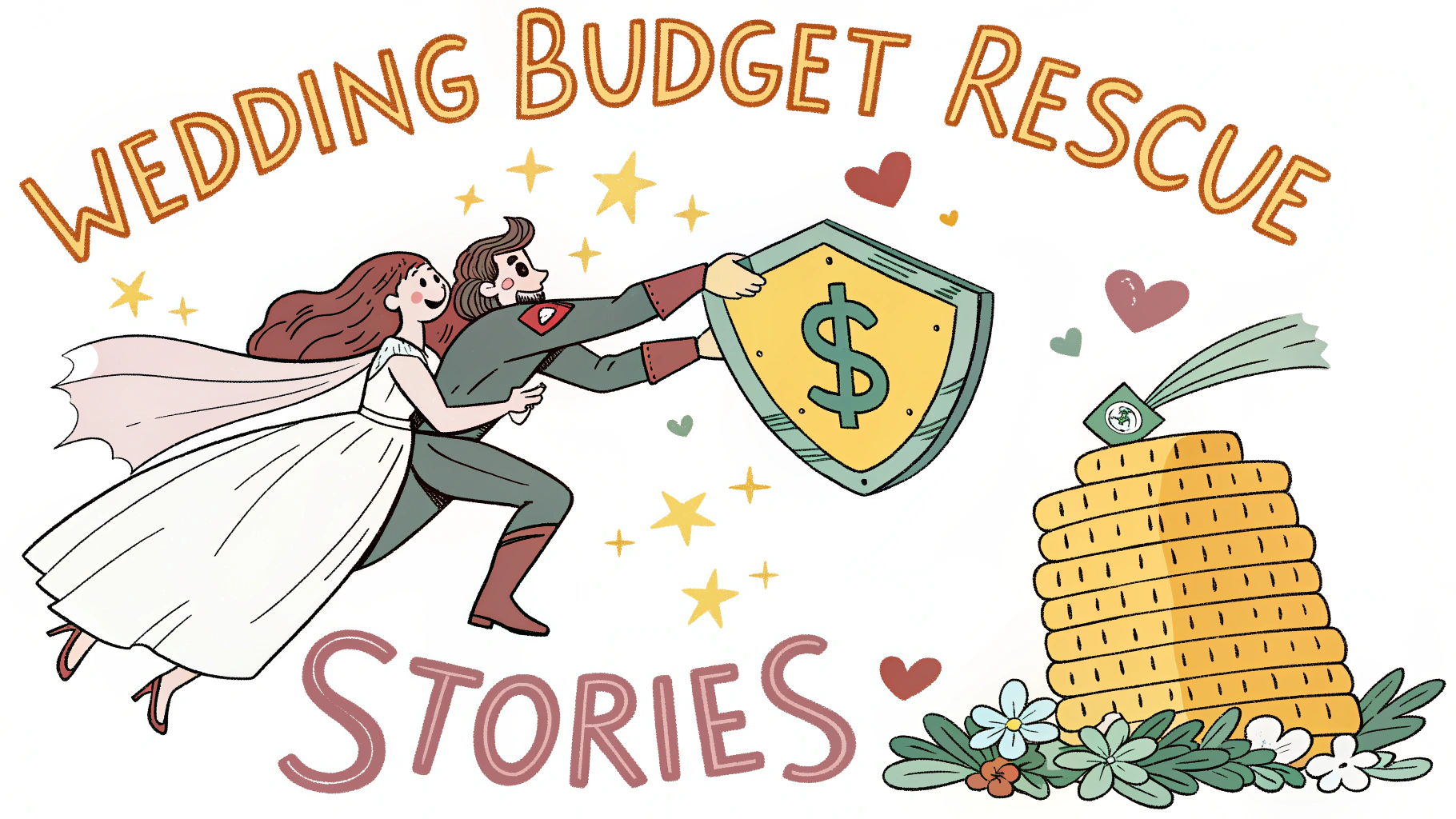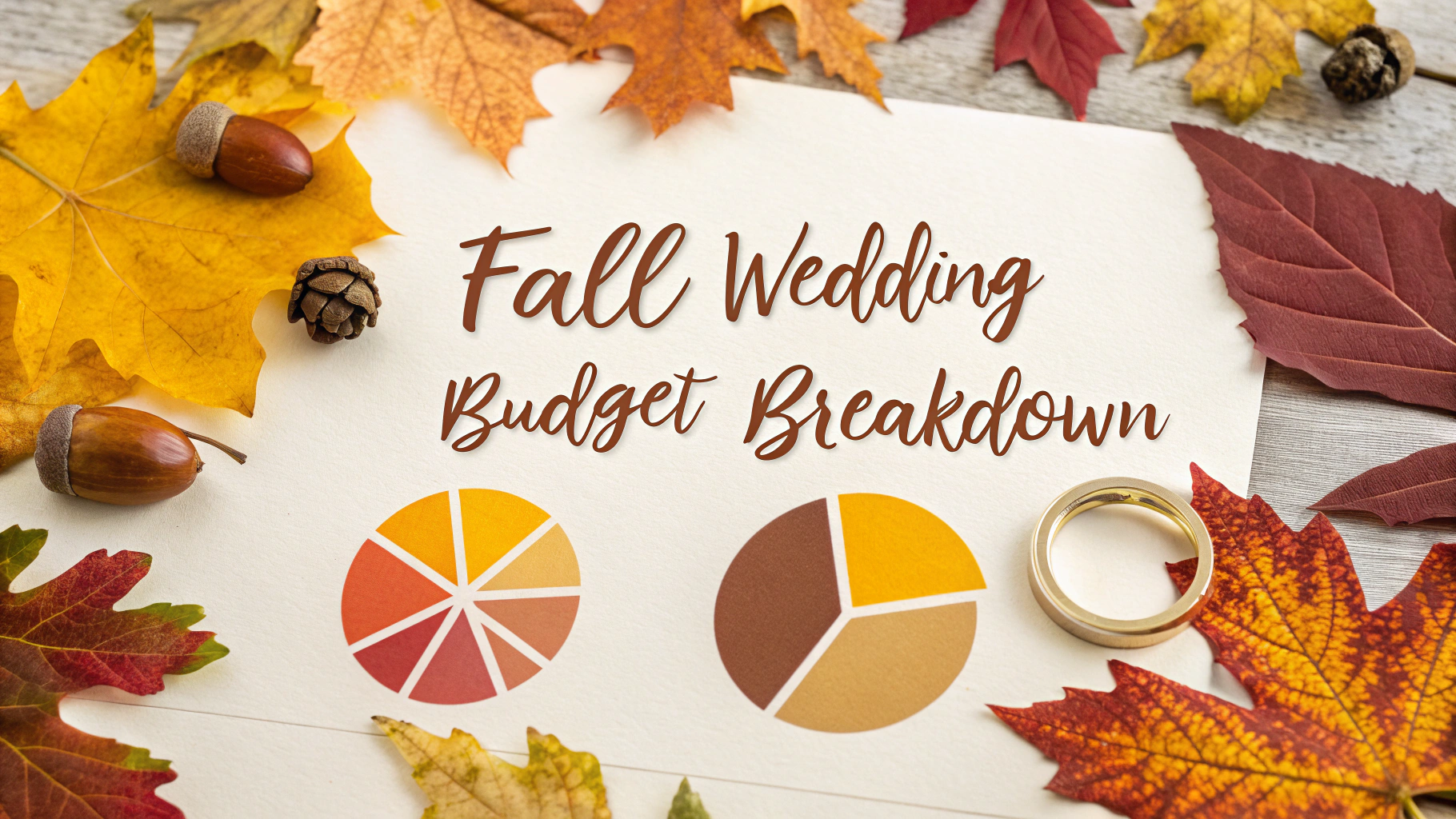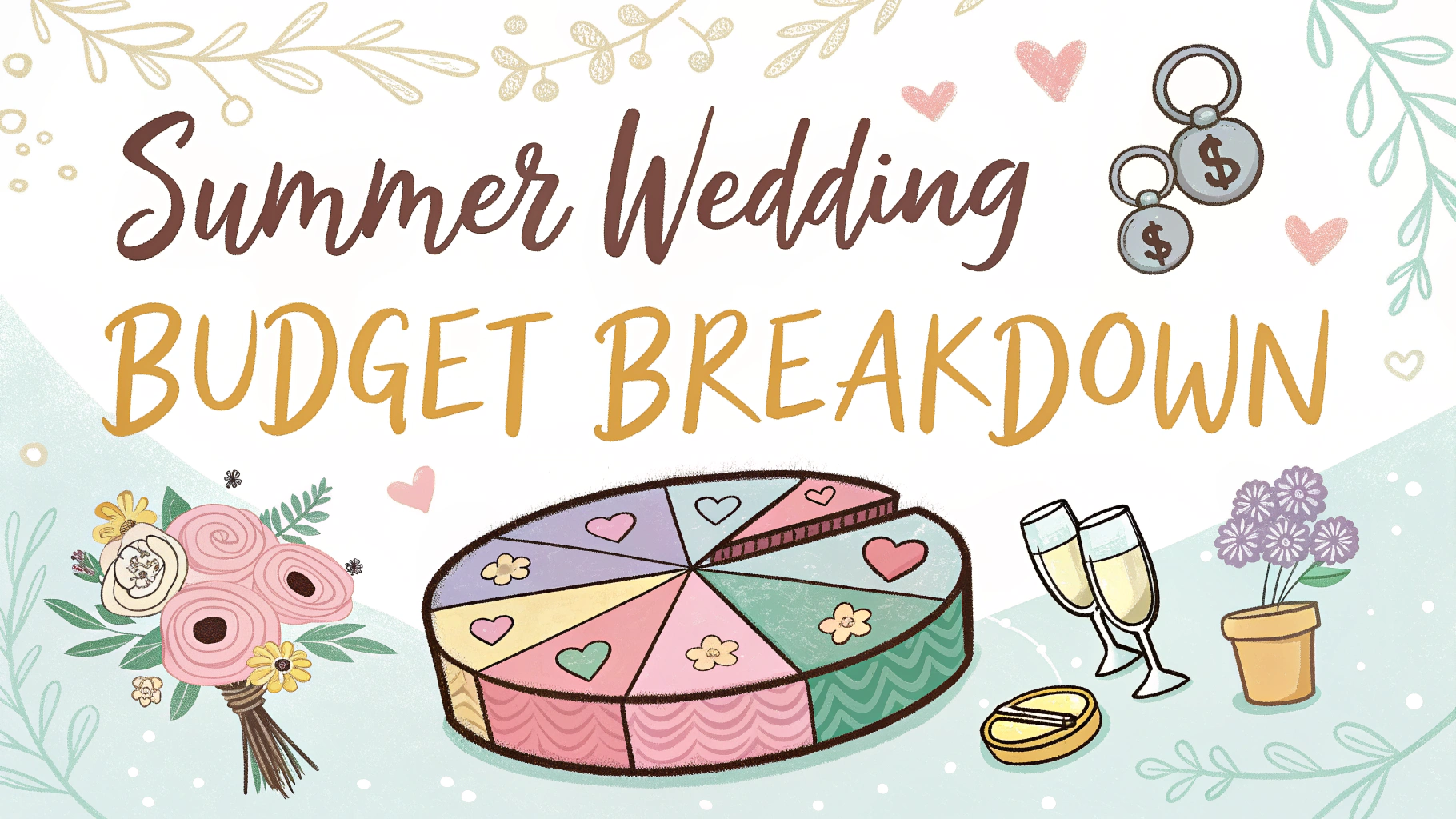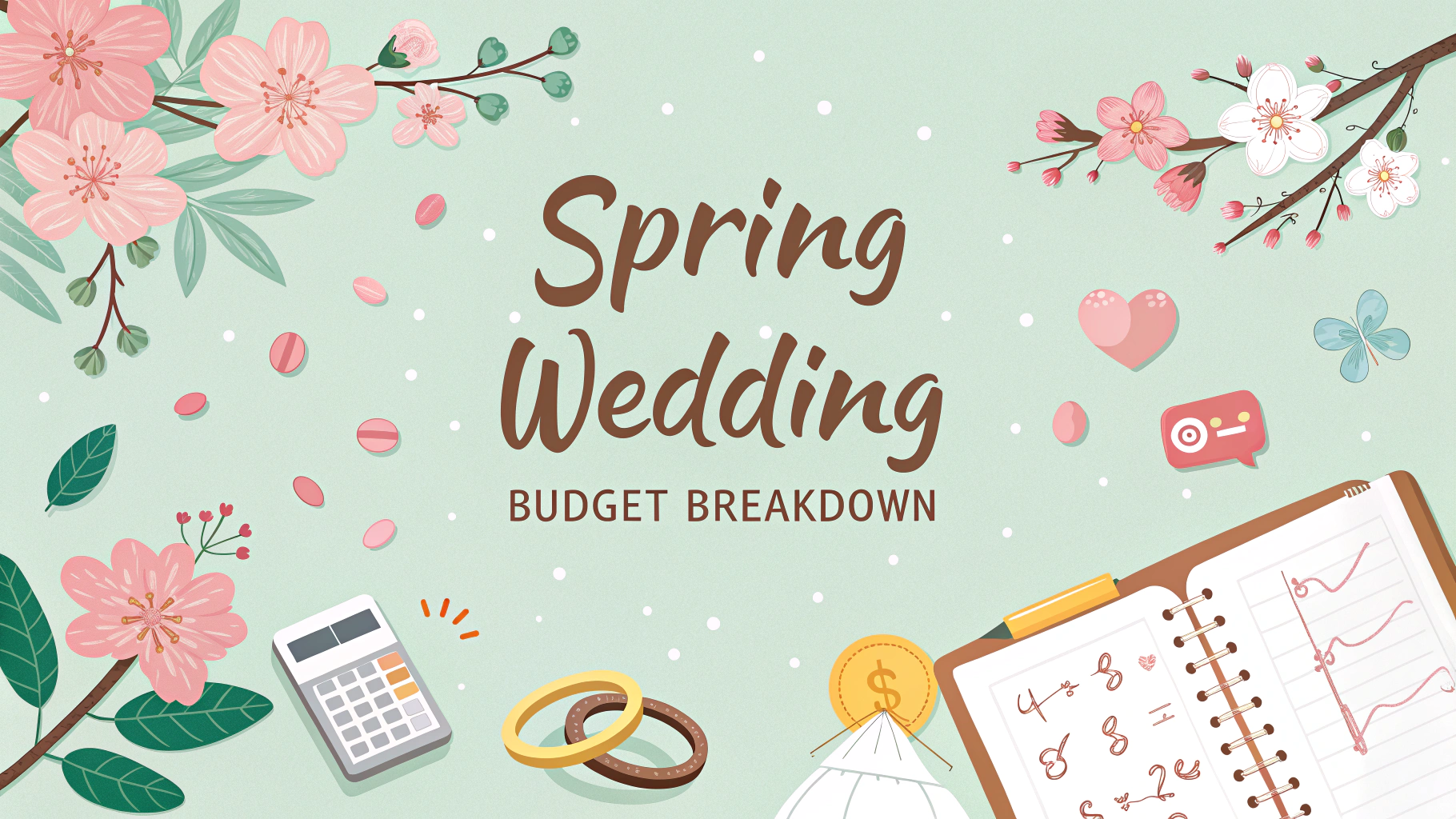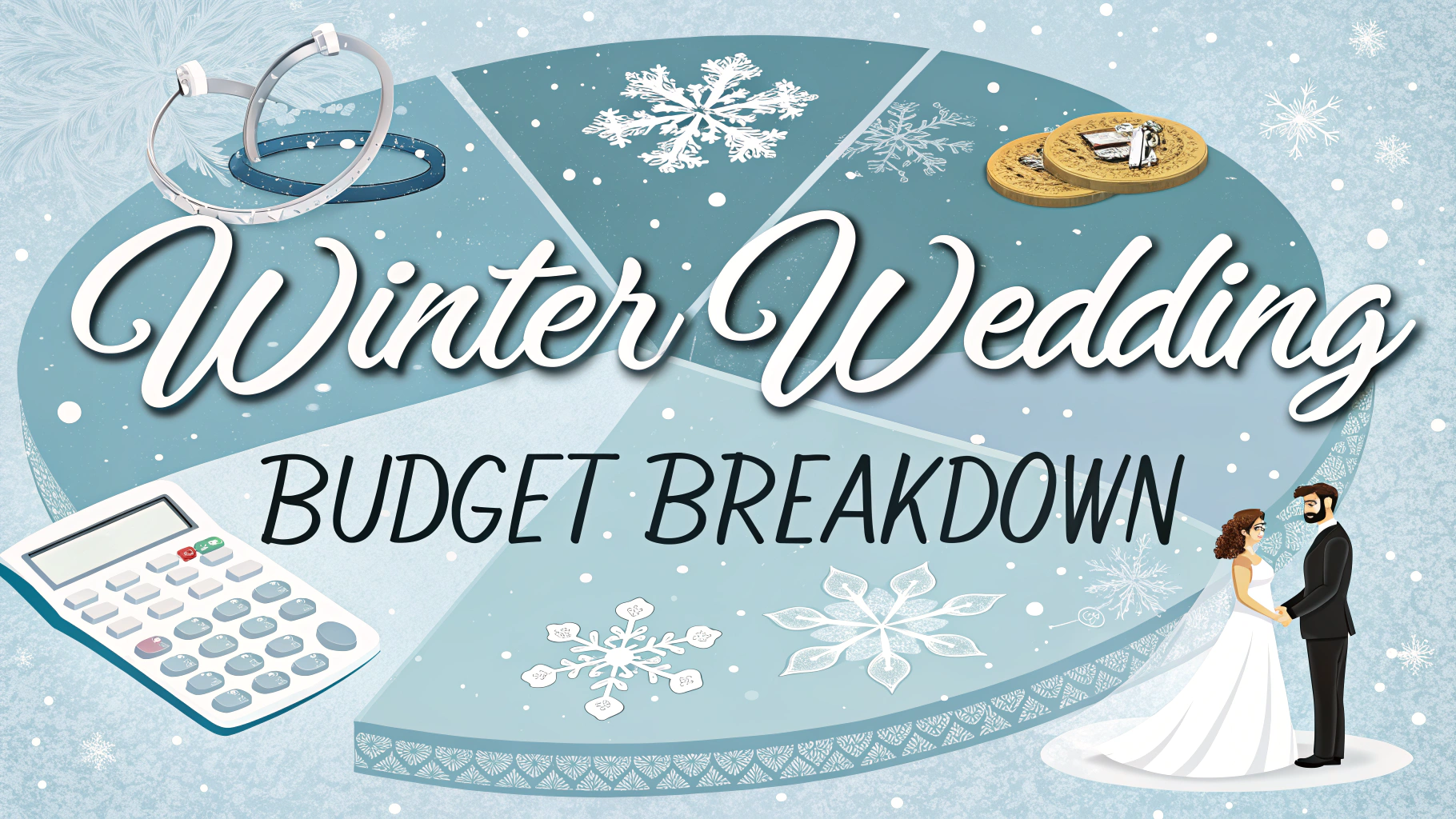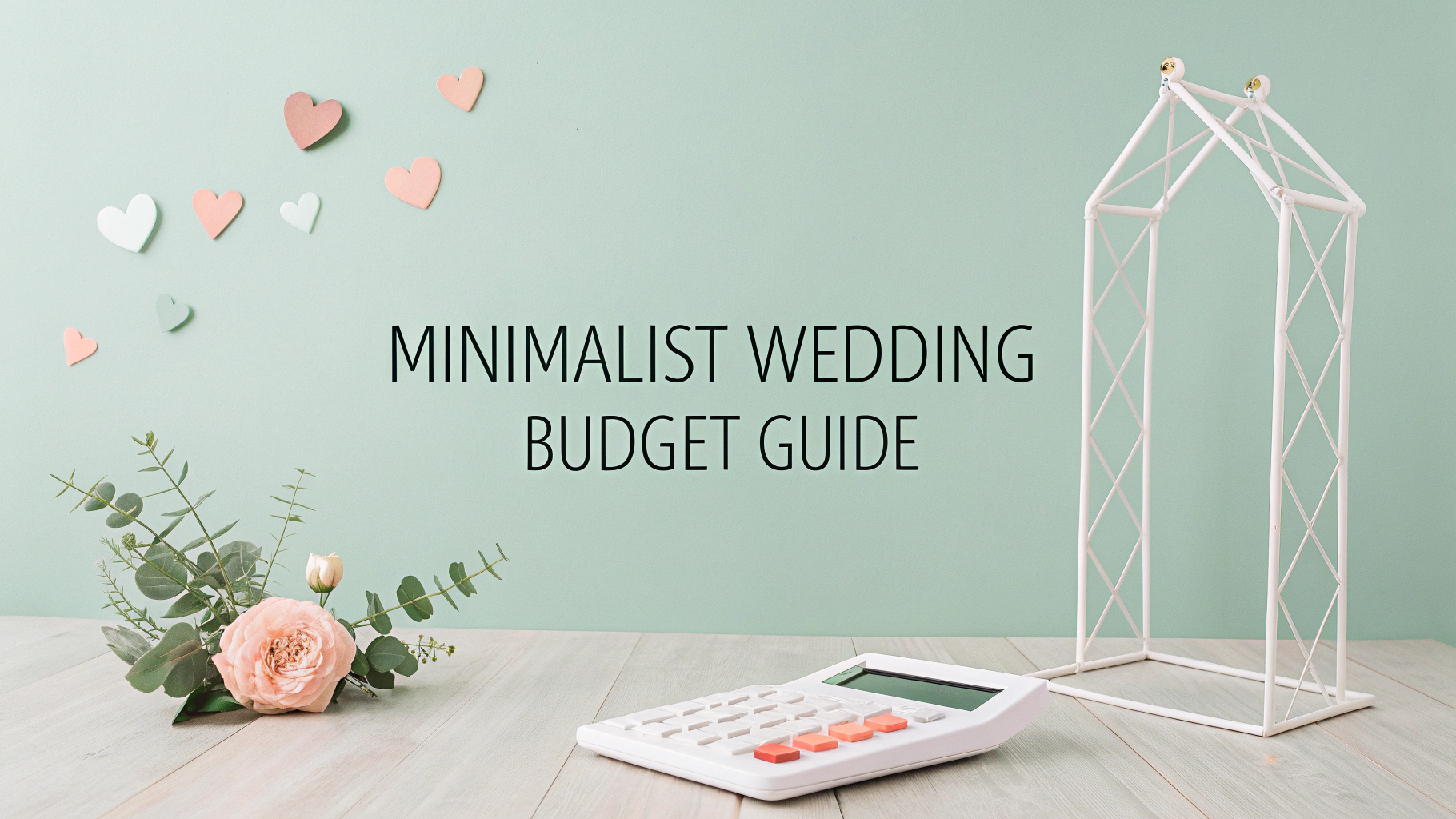Planning a winter wedding requires careful budget consideration to create a magical celebration while managing costs effectively.
Average Winter Wedding Costs
Winter weddings typically cost between $20,000 to $30,000, often 20-30% less than peak season ceremonies.
| Item | Typical Cost Range |
|---|---|
| Venue | $3,000-$8,000 |
| Catering | $50-$100 per person |
| Photography | $2,000-$4,000 |
| Flowers | $1,500-$3,000 |
| Attire | $2,000-$5,000 |
Money-Saving Winter Wedding Tips
- Book venues during off-peak months (January-March) for significant discounts
- Choose in-season flowers like amaryllis, anemones, and evergreen arrangements
- Select Friday evening or Sunday afternoon timeframes for better rates
- Incorporate candlelight and LED lighting for affordable ambiance
- Opt for heavy hors d’oeuvres instead of a full dinner service
Weather-Related Expenses to Consider
- Tent heaters ($200-400 each)
- Weather insurance ($200-500)
- Additional transportation costs for inclement weather ($300-800)
- Indoor backup venue deposit ($500-1,000)
Smart Budgeting Strategies
Create a detailed spreadsheet tracking every expense, including a 10% buffer for unexpected costs.
Consider these budget-friendly winter decor options:
- Pine cones and evergreen branches ($50-100)
- White twinkle lights ($100-200)
- Mirror centerpieces reflecting candlelight ($15-30 each)
- Metallic accents in silver or gold ($100-300)
Cost-Saving Reception Ideas
- Hot chocolate and coffee stations instead of full bars
- Early afternoon receptions with lighter meal requirements
- Family-style serving to reduce staff costs
- Minimalist decor emphasizing natural winter elements
Contact wedding insurance providers like WedSafe (888-774-6767) or Markel (855-422-5456) for weather coverage quotes.
Professional Planning Resources
- The Knot Budget Calculator: www.theknot.com/wedding-budget
- WeddingWire Cost Guide: www.weddingwire.com/cost
- Local wedding planners specializing in winter events
Remember to allocate 5% of your total budget for winter-specific contingencies.
Guest Comfort Considerations
Ensure guest comfort during winter celebrations with strategic planning and amenities.
- Coat check service ($200-400)
- Warm welcome beverages ($3-5 per person)
- Pashminas or blankets as favors ($8-15 each)
- Indoor waiting areas for photography sessions
Seasonal Menu Planning
Winter-Inspired Food Stations
- Soup shooters ($3-5 per person)
- Comfort food displays ($15-25 per person)
- Mulled wine service ($8-12 per person)
- Winter dessert bar ($10-15 per person)
Vendor Negotiations
Maximize your budget through strategic vendor partnerships and timing.
- Book vendors at least 12 months in advance for best rates
- Request multi-service packages for photography and videography
- Negotiate complimentary extras during off-peak dates
- Consider newer vendors building their winter portfolios
Conclusion
Winter weddings offer unique opportunities for both cost savings and magical celebrations. Success lies in careful planning, strategic timing, and thoughtful budget allocation. Focus on creating intimate, cozy experiences while maintaining flexibility for weather-related contingencies. With proper preparation and budget management, couples can create their dream winter wedding without compromising their financial health.
Remember these key takeaways:
- Book during off-peak months for maximum savings
- Include weather-related contingencies in your budget
- Prioritize guest comfort and experience
- Leverage seasonal elements for decor and atmosphere
- Maintain a detailed budget with a 10-15% buffer
FAQs
- How much does an average winter wedding cost compared to other seasons?
Winter weddings typically cost 20-30% less than peak season weddings, with average savings on venue rental, catering, and vendor services due to lower demand during off-peak months (December-February). - What are the main budget advantages of choosing a winter wedding date?
Winter weddings offer significant discounts on venues, better vendor availability, reduced flight and accommodation costs for guests, and potential savings on décor by utilizing existing holiday decorations. - How should I allocate my winter wedding budget differently than summer weddings?
Allocate more funds for indoor heating, weather contingency plans, winter-appropriate transportation, and additional lighting due to shorter daylight hours. Consider reducing flower budget by using seasonal alternatives and evergreens. - What unexpected costs should I prepare for in a winter wedding budget?
Budget for backup generators, heating equipment rental, weather insurance, winter weather transportation alternatives, cold-weather accessories for the wedding party, and potential vendor travel insurance. - How can I save on floral costs during winter months?
Use in-season winter flowers like amaryllis, anemones, and ranunculus, incorporate non-floral elements like pinecones and berries, and utilize evergreen garlands which are typically less expensive than traditional flower arrangements. - What percentage of my winter wedding budget should go to the venue?
Venue costs typically account for 30-35% of winter wedding budgets, potentially less than summer weddings due to off-season pricing, but may include additional costs for indoor heating and lighting. - Are winter wedding photographer rates different from peak season?
Many photographers offer 10-25% discounts during winter months, but may charge additional fees for specialized winter lighting equipment or extended setup time due to challenging weather conditions. - How much should I budget for winter wedding attire and accessories?
Allocate 8-10% of your budget for attire, including additional items like bridal capes, fur stoles, closed-toe shoes, and weather-appropriate accessories for the entire wedding party. - What’s a realistic catering budget for a winter wedding?
Catering typically consumes 25-30% of a winter wedding budget, with potential savings on per-plate costs but consider higher expenses for hot beverages, comfort food stations, and warming equipment rental. - How much should I set aside for weather-related contingencies?
Reserve 5-10% of your total budget for weather-related contingencies, including backup venues, weather insurance, emergency transportation, and additional heating or weather protection equipment.
